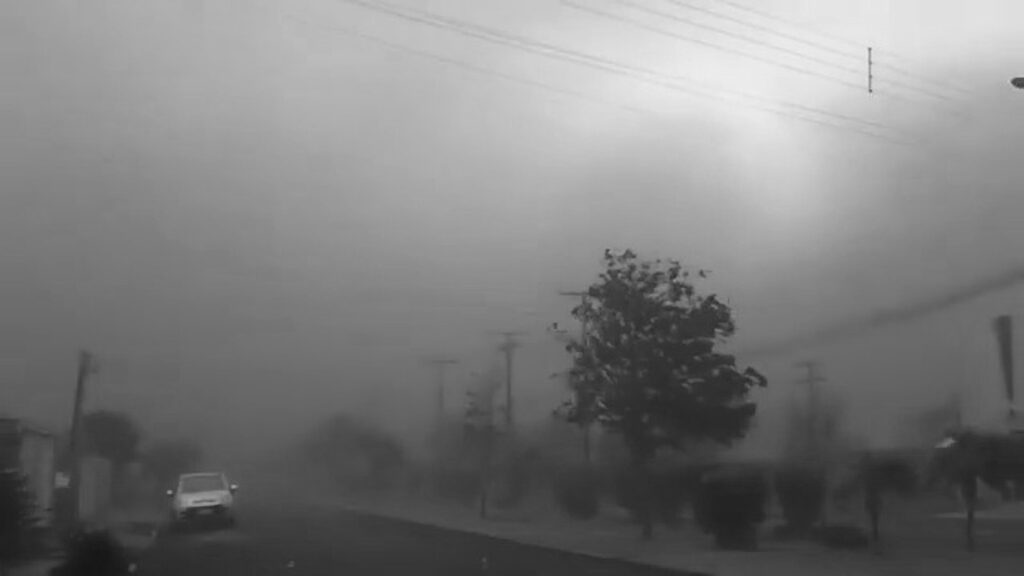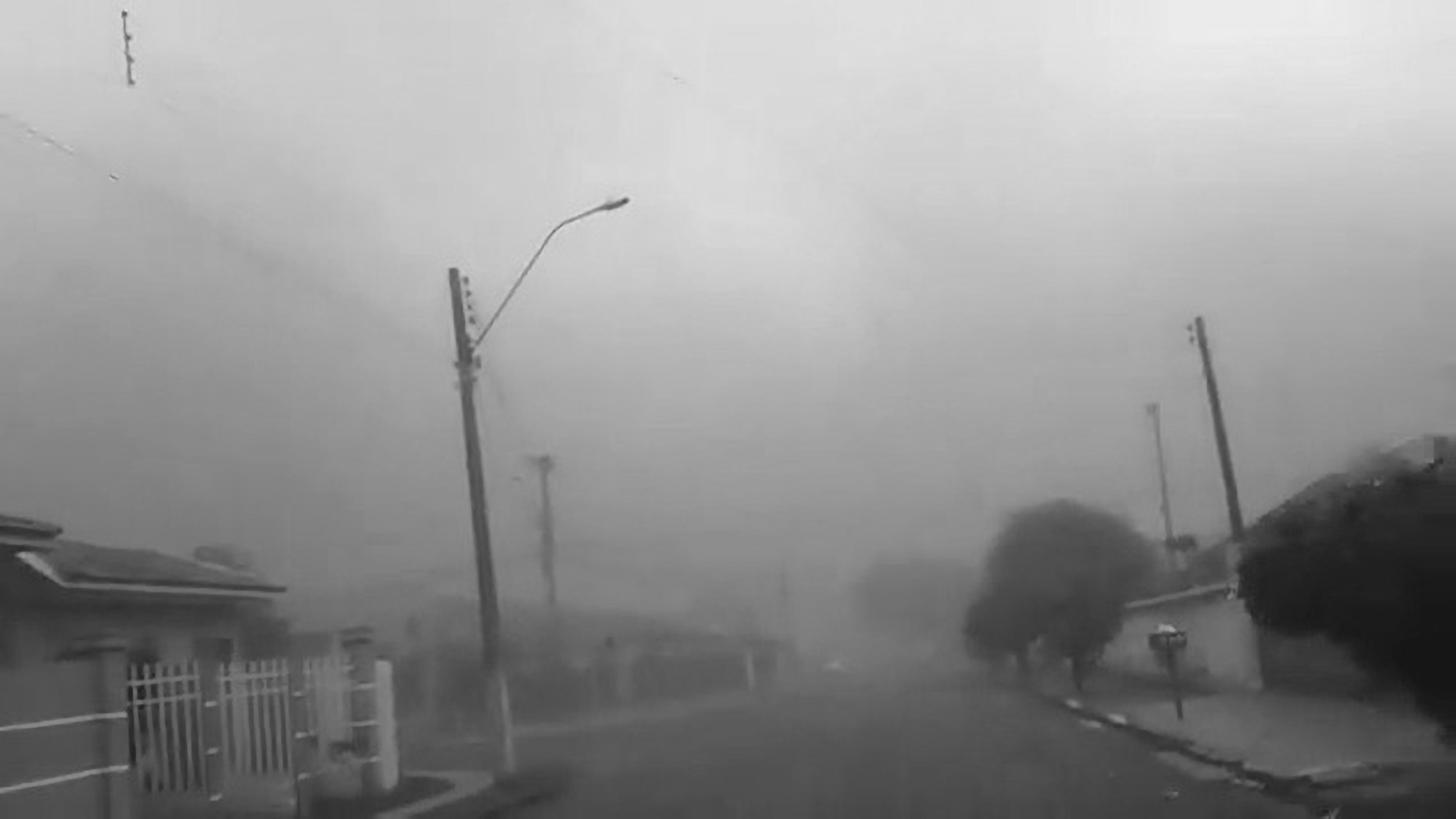Several cities in south-eastern Brazil have been hit by sandstorms damaging properties and causing visibility levels to drop to zero.
Brazil’s financial centre Sao Paolo was particularly affected by the storm, which the meteorological institute of the state university said was caused by a cold front moving in from Parana state to the south.
High winds also affected cities such as Palmital, Galia and Candido Mota, amongst others, while the midwest was also caught in the sandstorm’s path, the metereological institute said in a statement obtained by RealPress.
Palmital was one of the worst-hit cities as it suffered from an onslaught of dust and rain. Close to the town of Panama, the high winds caused one of the city’s telecommunications towers to fall on a house, however, there were no fatal injuries.
Dust clouds were also visible in other cities in the region, such as Marilia.
According to the university’s meteorological institute, the intensity of the winds began to drop after 4pm local time last Thursday, with the weather front moving towards the Sorocaba and Itapetininga areas.
The maximum speed of the winds has yet to be confirmed.
South American sandstorms are not uncommon. It’s a weather phenomenon closely monitored by US’s National Aeronautics and Space Administration, or NASA, but the agency has noticed an increase in velocity and magnitude of these sandstorms recently.
On its webpage, NASA said dust storms from Africa’s Saharan Desert travelling across the Atlantic Ocean have previously been the cause of storms in South America and of late they have been severe.
They also warned of the danger to human health, saying “aerosol particles absorb and scatter incoming sunlight, which reduces visibility and increases the optical depth.

Dust storm in Palmital, São Paulo 
Dust storm in Palmital, São Paulo
They added: “Aerosol particles have an effect on human health, weather and the climate. Aerosol particles are produced from many events including human activities such as pollution from factories and natural processes such as smoke from fires, dust from dust storms, sea salt from breaking waves, and volcanic ash from volcanoes.
“Aerosol particles compromise human health when inhaled by people with asthma or other respiratory illnesses. Aerosol particles also affect weather and climate by cooling or warming the earth as well as enhancing or preventing cloud formation.”
To find out more about the author, editor or agency that supplied this story – please click below.
Story By: Joseph Sexton, Sub-Editor: Alex Cope, Agency: Real Press
The Ananova page is created by and dedicated to professional, independent freelance journalists. It is a place for us to showcase our work. When our news is sold to our media partners, we will include the link here.




